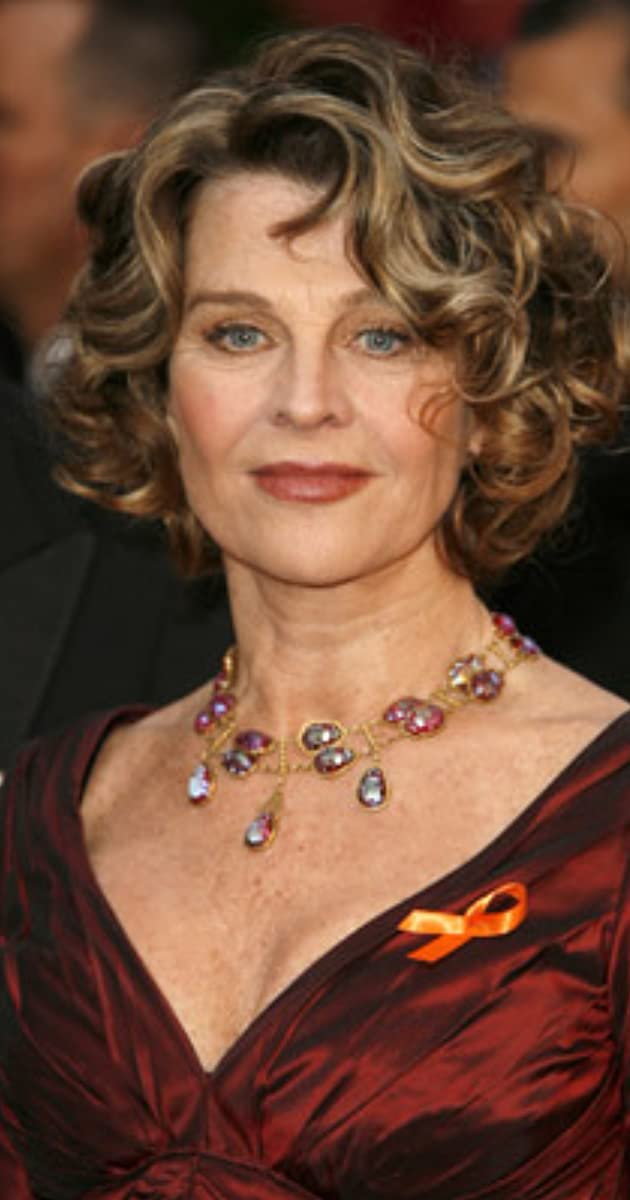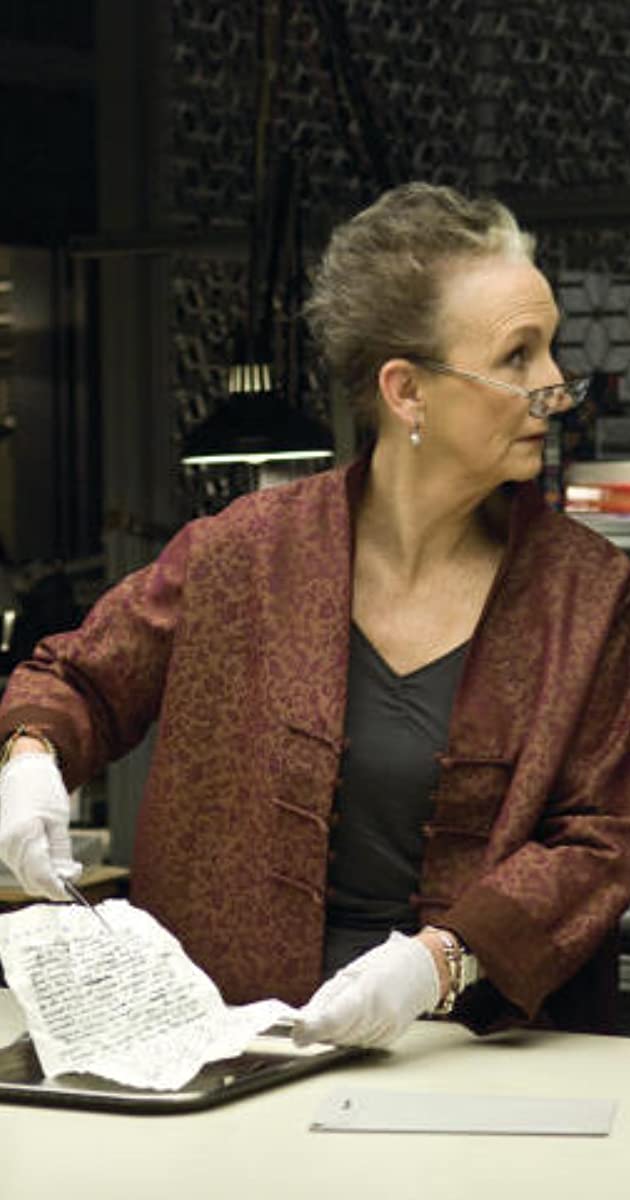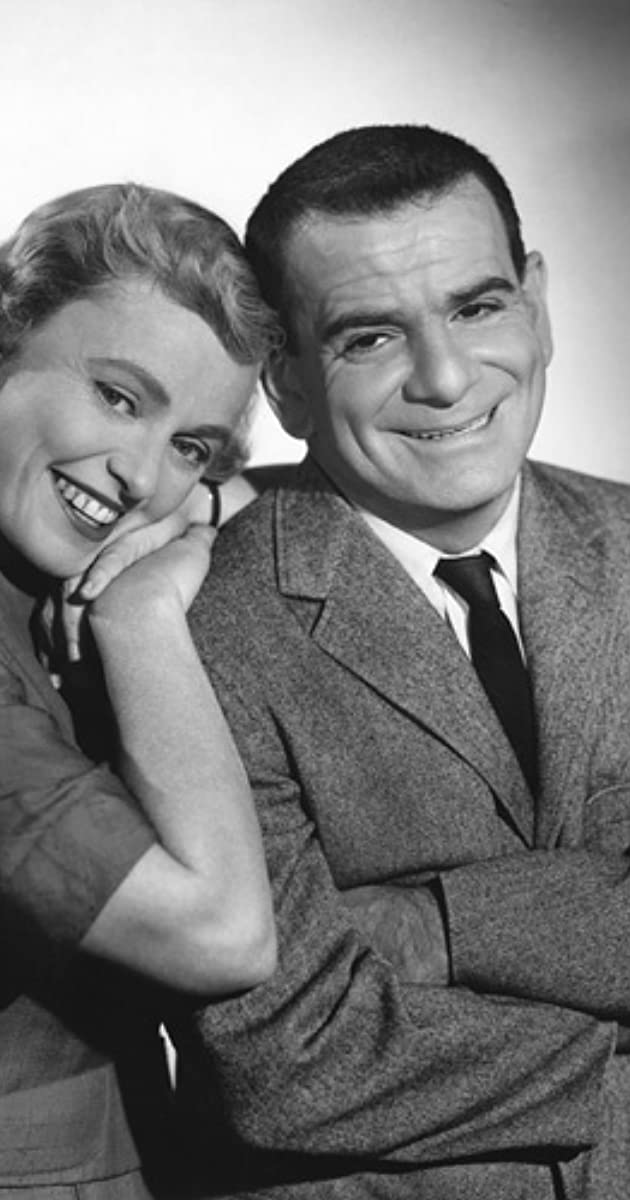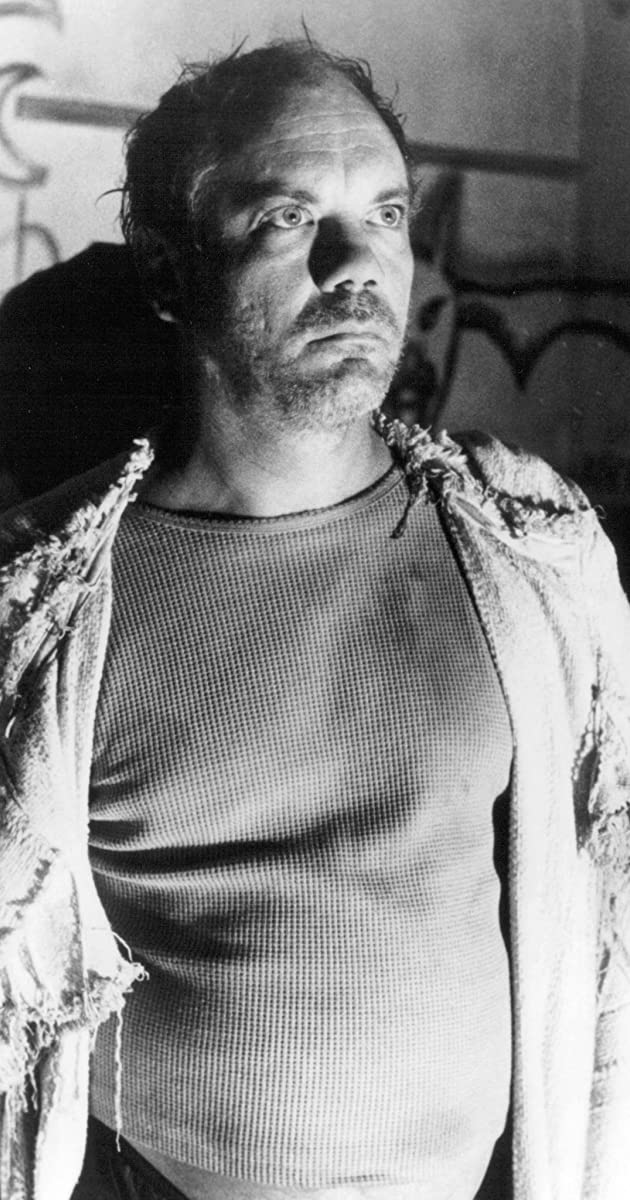
Julie Christie, the British movie legend whom Al Pacino called “the most poetic of all actresses,” was born in Chabua, Assam, India, on April 14, 1940, the daughter of Rosemary (Ramsden), a painter, and Francis St. John “Frank” Christie, a tea planter. The young Christie grew up on her father’s plantation before being sent to England for her education. Finishing her studies in Paris, where she had moved to improve her French with an eye to possibly becoming a linguist (she is fluent in French and Italian), the teenager became enamored of the freedom of the Continent. She also was smitten by the bohemian life of artists and planned on becoming an artist before she enrolled in London’s Central School of Speech Training. She made her debut as a professional in 1957 as a member of the Frinton Repertory of Essex.
Christie was not fond of the stage, even though it allowed her to travel, including a professional gig in the United States. Her true métier as an actress was film, and she made her debut in the science-fiction television series A for Andromeda (1961) in 1961. Her first film was a girlfriend part in the Ealing-like comedy Crooks Anonymous (1962), which was followed up by a larger ingénue role in another comedy, The Fast Lady (1962). The producers of the James Bond series were sufficiently intrigued by the young actress to consider her for the role that subsequently went to Ursula Andress in Dr. No (1962), but dropped the idea because she was not busty enough.
Christie first worked with the man who would kick her career into high gear, director John Schlesinger, when he choose her as a replacement for the actress originally cast in Billy Liar (1963). Christie’s turn in the film as the free-wheeling Liz was a stunner, and she had her first taste of becoming a symbol if not icon of the new British cinema. Her screen presence was such that the great John Ford cast her as the young prostitute in Young Cassidy (1965). Charlton Heston wanted her for his film The War Lord (1965), but the studio refused her salary demands.
Although Amercan magazines portrayed Christie as a “newcomer” when she made her breakthrough to super-stardom in Schlesinger’s seminal Swinging Sixties film Darling (1965), she actually had considerable work under her professional belt and was in the process of a artistic quickening. Schlesinger called on Christie, whom he adored, to play the role of mode Diana Scott when the casting of Shirley MacLaine fell through. (MacLaine was the sister of the man who would become Christie’s long-time paramour in the late 1960s and early ’70s, Warren Beatty, whom some, like actor Rod Steiger, believe she gave up her career for. Her “Dr. Zhivago” co-star, Steiger — a keen student of acting — regretted that Christie did not give more of herself to her craft.)
As played by Christie, Diana is an amoral social butterfly who undergoes a metamorphosis from immature sex kitten to jaded socialite. For her complex performance, Christie won raves, including the Best Actress Awards from the Academy of Motion Picture Arts and Sciences and the British Film Academy. She had arrived, especially as she had followed up “Darling” with the role of Lara in two-time Academy Award-winning director David Lean’s adaptation of Boris Pasternak’s Doctor Zhivago (1965), one of the all-time box-office champs.
Christie was now a superstar who commanded a price of $400,000 per picture, a fact ruefully noted in Charlton Heston’s diary (his studio had balked at paying her then-fee of $35,000). More interested in film as an art form than in consolidating her movie stardom, Christie followed up “Zhivago” with a dual role in Fahrenheit 451 (1966) for director François Truffaut, a director she admired. The film was hurt by the director’s lack of English and by friction between Truffaut and Christie’s male co-star Oskar Werner, who had replaced the the more-appropriate-for-the-role Terence Stamp. Stamp and Christie had been lovers before she had become famous, and he was unsure he could act with her, due to his own ego problems. On his part, Werner resented the attention the smitten Truffaut gave Christie. The film is an interesting failure.
Stamp overcame those ego problems to sign on as her co-star in John Schlesinger’s adaptation of Thomas Hardy’s Far from the Madding Crowd (1967), which also featured two great English actors, Peter Finch and Alan Bates. It is a film that is far better remembered now than when it was received in 1967. The film and her performance as the Hardy heroine Bathsheba Everdene was lambasted by film critics, many of whom faulted Christie for being too “mod” and thus untrue to one of Hardy’s classic tales of fate. Some said that her contemporary Vanessa Redgrave would have been a better choice as Bathsheba, but while it is true that Redgrave is a very fine actress, she lacked the sex appeal and star quality of Christie, which makes the story of three men in love with one woman more plausible, as a film.
Although no one then knew it, the period 1967-68 represented the high-water mark of Christie’s career. Fatefully, like the Hardy heroine she had portrayed, she had met the man who transformed her life, undermining her pretensions to a career as a movie star in their seven-year-long love affair, the American actor Warren Beatty. Living his life was always far more important than being a star for Beatty, who viewed the movie star profession as a “treadmill leading to more treadmills” and who was wealthy enough after Bonnie and Clyde (1967) to not have to ever work again. Christie and Beatty had visited a working farm during the production of “Madding Crowd” and had been appalled by the industrial exploitation of the animals. Thereafter, animal rights became a very important subject to Christie. They were kindred souls who remain friends four decades after their affair ended in 1974.
Christie’s last box-office hit in which she was the top-liner was Petulia (1968) for Richard Lester, a film that featured one of co-star George C. Scott’s greatest performances, perfectly counter-balanced by Christie’s portrayal of an “arch-kook” who was emblematic of the ’60s. It is one of the major films of the decade, an underrated masterpiece. Despite the presence of the great George C. Scott and the excellent Shirley Knight, the film would not work without Julie Christie. There is frankly no other actress who could have filled the role, bringing that unique presence and the threat of danger that crackled around Christie’s electric aura. At this point of her career, she was poised for greatness as a star, greatness as an actress.
And she walked away.
After meeting Beatty, Julie Christie essentially surrendered any aspirations to screen stardom, or at maintaining herself as a top-drawer working actress (success at the box office being a guarantee of the best parts, even in art films.) She turned down the lead in They Shoot Horses, Don’t They? (1969) and Anne of the Thousand Days (1969), two parts that garnered Oscar nominations for the second choices, Jane Fonda and Geneviève Bujold. After shooting In Search of Gregory (1969), a critical and box office flop, to fulfill her contractual obligations, she spent her time with Beatty in Calfiornia, renting a beach house at Malibu. She did return to form in Joseph Losey’s The Go-Between (1971), a fine picture with a script by the great Harold Pinter, and she won another Oscar nomination as the whore-house proprietor in Robert Altman’s minor classic McCabe & Mrs. Miller (1971) that she made with her lover Beatty. However, like Beatty himself, she did not seek steady work, which can be professional suicide for an actor who wants to maintain a standing in the first rank of movie stars.
At the same time, Julie Christie turned down the role of the Russian Empress in Nicholas and Alexandra (1971), another film that won the second-choice (Janet Suzman) a Best Actress Oscar nomination. Two years later, she appeared in the landmark mystery-horror film Don’t Look Now (1973), but that likely was as a favor to the director, Nicolas Roeg, who had been her cinematographer on “Fahrenheit 451,” “Far From the Madding Crowd” and “Petulia.” In the mid ’70s, her affair with Beatty came to an end, but the two remained close friends and worked together in Shampoo (1975) (which she regretted due to its depiction of women) and Heaven Can Wait (1978).
Christie was still enough of a star, due to sheer magnetism rather than her own pull at the box-office, to be offered $1 million to play the Jacqueline Kennedy Onassis character in The Greek Tycoon (1978) (a part eventually played by Jacqueline Bisset to no great acclaim). She signed for but was forced to drop out of the lead in Agatha (1979) (which was filled by Vanessa Redgrave) after she broke a wrist roller-skating (a particularly southern Californian fate!). She then signed for the female lead in American Gigolo (1980) when Richard Gere was originally attached to the picture, but dropped out when John Travolta muscled his way into the lead after making twin box-office killings as disco king Tony Manera in Saturday Night Fever (1977) and greaser Danny Zuko in Grease (1978). Christie could never have co-starred with such a camp figure of dubious talent. When Travolta himself dropped out and Gere was subbed back in, it was too late for Christe to reconsider, as the part already had been filled by model-actress Lauren Hutton. It would take 15 years for Christie and Gere to work together.
Finally, the end of the American phase of her movie career was realized when Christie turned down the part of Louise Bryant in Reds (1981), a part written by Warren Beatty with her in mind, as she felt an American should play the role. (Beatty’s latest lover, Diane Keaton, played the part and won a Best Actress Oscar nomination.) Still, she remained a part of the film, Beatty’s long-gestated labor of love, as it is dedicated to “Jules.”
Julie Christie moved back to the UK and become the UK’s answer to Jane Fonda, campaigning for various social and political causes, including animal rights and nuclear disarmament. The parts she did take were primarily driven by her social consciousness, such as appearing in Sally Potter’s first feature-length film, The Gold Diggers (1983) which was not a remake of the old Avery Hopwood’s old warhorse but a feminist parable made entirely by women who all shared the same pay scale. Roles in The Return of the Soldier (1982) with Alan Bates and Glenda Jackson and Merchant-Ivory’s Heat and Dust (1983) seemed to herald a return to form, but Christie — as befits such a symbol of the freedom and lack of conformity of the ’60s — decided to do it her way. She did not go “careering,” even though her unique talent and beauty was still very much in demand by filmmakers.
At this point, Christie’s movie career went into eclipse. Once again, she was particularly choosy about her work, so much so that many came to see her, essentially, as retired. A career renaissance came in the mid-1990s with her turn as Gertrude in Kenneth Branagh’s ambitious if not wholly successful Hamlet (1996). As Christie said at the time, she didn’t feel she could turn Branagh down as he was a national treasure. But the best was yet to come: her turn as the faded movie star married to handyman Nick Nolte and romanced by a younger man in Afterglow (1997), which brought her rave notices. She received her third Best Actress Oscar nomination for her performance, and showed up at the awards as radiant and uniquely beautiful as ever. Ever the iconoclast, she was visibly relieved, upon the announcement of the award, to learn that she had lost!
Christie lived with left-wing investigative journalist Duncan Campbell (a Manchester Guardian columnist) since 1979, first in Wales, then in Ojai, California, and now in London’s East End, before marrying in January 2008. In addition to her film work, she has narrated many books-on-tape. In 1995, she made a triumphant return to the stage in a London revival of Harold Pinter’s “Old Times”, which garnered her superb reviews.
In the decade since “Afterglow,” she has worked steadily on film in supporting roles. Christie — an actress who eschewed vulgar stardom — proved to be an inspiration to her co-star Sarah Polley, the remarkably talented Canadian actress with a leftist political bent who also abhors Hollywood. Of her co-star in No Such Thing (2001) and The Secret Life of Words (2005), Polley says that Christie is uniquely aware of her commodification by the movie industry and the mass media during the 1960s. Not wanting to be reduced to a product, she had rebelled and had assumed control of her life and career. Her attitude makes her one of Polley’s heroes, who calls her one of her surrogate mothers. (Polley lost her own mother when she was 11 years old.)
Both Christie and Polley are rebels. Sarah Polley had walked off the set of the big-budget movie that was forecast as her ticket to Hollywood stardom, Almost Famous (2000), to have a different sort of life and career. She returned to her native Canada to appear in the low-budget indie The Law of Enclosures (2000), a prescient art film in that director John Greyson offset the drama with a background of a perpetual Gulf War three years before George W. Bush invaded Iraq, touching off the second-longest war in U.S. history. Taking a hiatus from acting, Polley went to Norman Jewison’s Canadian Film Centre to learn to direct, and direct she has, making well-regarded shorts before launching her feature film debut, Away from Her (2006), which was shot and completed in 2006 but held for release until 2007 by its distributor.
Polley, who had longed to be a writer since she was a child actress on the set of the quaint family show Road to Avonlea (1990) wrote the screenplay for her adaptation of Alice Munro’s short story “The Bear Went Over the Mountain” with only one actress in mind: Julie Christie. Polley had first read the short story on a flight back from Iceland, where she had made “No Such Thing” with Christie, and as she read, it was Julie whom she pictured as Fiona, the wife of a one-time philandering husband, who has become afflicted with Alzheimer’s disease and seeks to save her hubby the pain of looking after her by checking herself into a home.
After finishing the screenplay, it took months to get Christie to commit to making the film. Julie turned her down after reading the script and pondering it for a couple of months, saying “No” even though she liked the script. Polley then had to “twist her arm” for another couple of months. But alas, Julie has a weakness for national treasures: Just like with Branagh a decade ago, the legendary Julie Christie could not deny the Great White North’s Sarah Polley, and commit she did. Polley then found out why Christie is so reticent about making movies:
“She gives all of herself to what she does. Once she said yes, she was more committed than anybody.”
According to David Germain, a cinema journalist who interviewed Christie for the Associated Press, “Polley and Christie share a desire to do interesting, unusual work, which generally means staying away from Hollywood.
“‘It’s been a kind of greed and a kind of egotism, but it’s not necessarily wanting to avoid the Hollywood thing, but in fact, it incorporates wanting to avoid the Hollywood thing, because the Hollywood thing is so inevitably not original,’ Christie said. ‘It’s avoiding non-originality, so that means you’re really down to a very small choice.'”
The collaboration between the two rebels yielded a small gem of a film. Lions Gate Films was so impressed, it purchased the American distribution rights to the film in 2006, then withheld it until the following year to build up momentum for the awards season.
Julie Christie’s performance in “Away From Her” is superb, and already has garnered her the National Board of Review’s Best Actress Award. She will likely receive her fourth Academy Award nomination, and quite possibly her second Oscar, for her unforgettable performance, a labor of love she did for a friend.
We, the Julie Christie fans who have waited decades for the handful of films made by the numinous star: Would we have wanted it any other way? We are the Red Sox fans of the movies, once again rewarded with a world-class masterpiece by our heroine. Perhaps, like all human beings, we want more, but we have learned over the last thirty-five years to be content with the diamonds that are Julie’s leading performances that she gives just once a decade, content to feel that these are a surfeit of riches, our surfeit of riches, so great is their luminescence.


